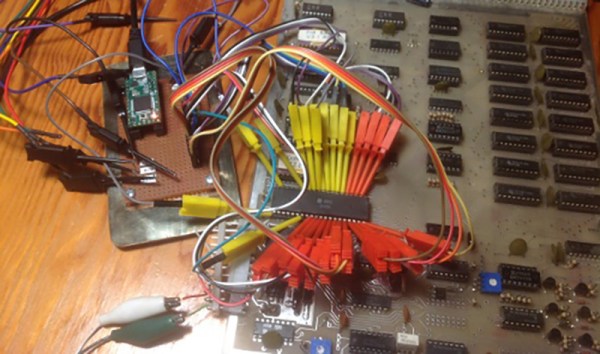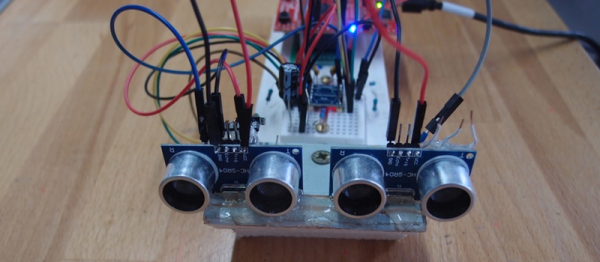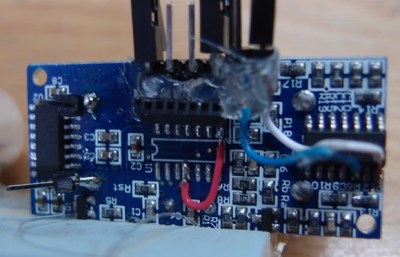Personally, I’m a fan of trains. They’re a nice, albeit slow, way to get around the country. Canada isn’t the best candidate for rail transit, given the rather large space between coasts, but Via Rail does operate regular train service in their corridor between Windsor and Quebec City.
Unfortunately, passenger rail has to yield to commercial rail in Canada which often causes delays. After noticing that some trains have very frequent delays, it seemed like it would be useful to know the average performance of each Via train. Via does not provide this data publicly.
However, they do provide some data about arrival and departure times. Digging into the data available through any browser viewing the Via Rail site, it was possible to query for past scheduled/actual arrival data. The result is TrainStats.ca, a display of Via’s on time performance. Join me after the break as I discuss how this all works, and how to pick a winner when buying your next train ticket.
















